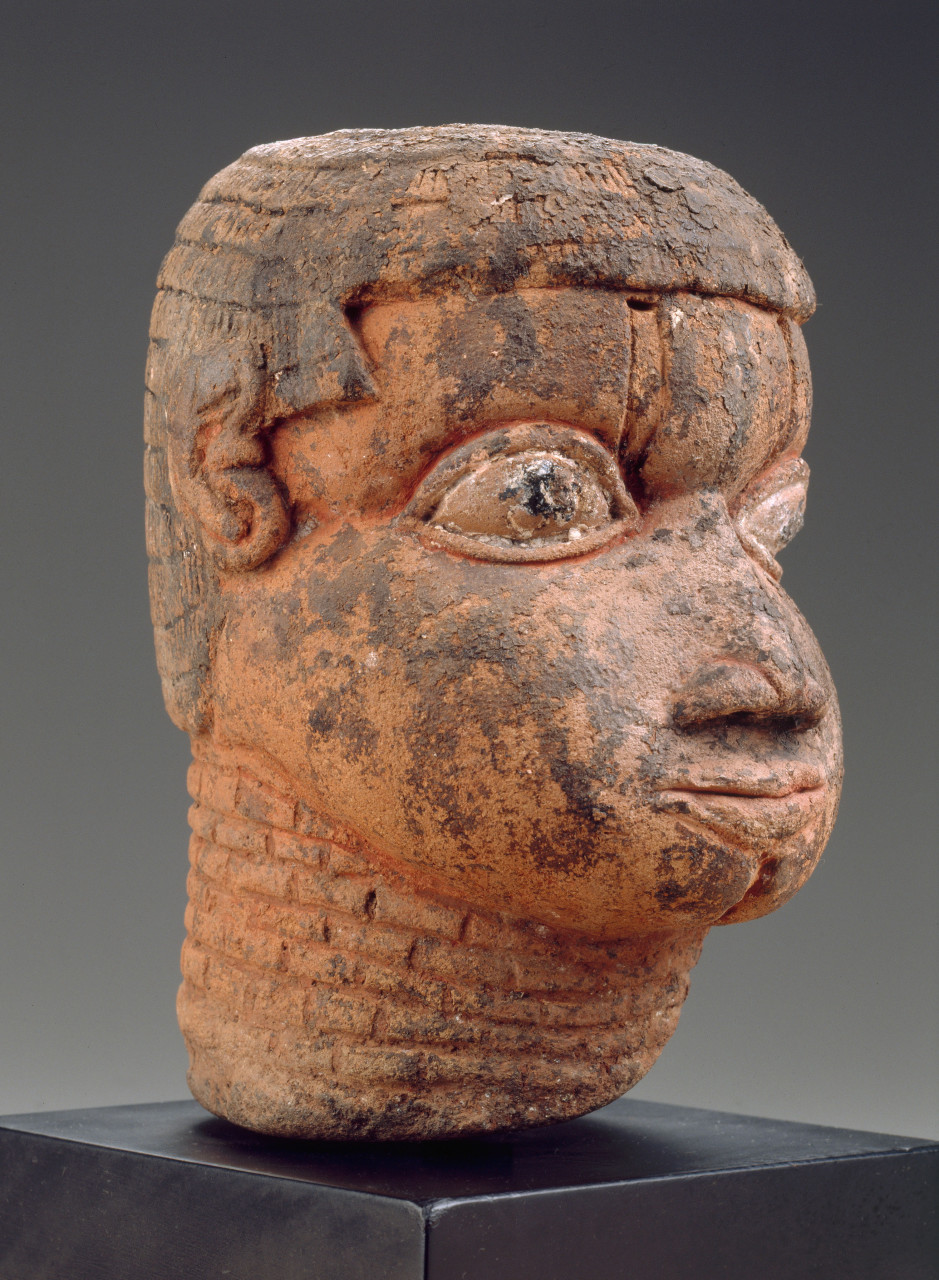Advertisement
The Boston MFA Returns 8 Looted Antiquities To Nigeria
ResumeThe Museum of Fine Arts, Boston (MFA) has returned eight culturally significant antiquities to the Nigerian government.
After months of research, the works, which were donated to the MFA, were deemed likely to have been looted or stolen before making their way to the United States art market.
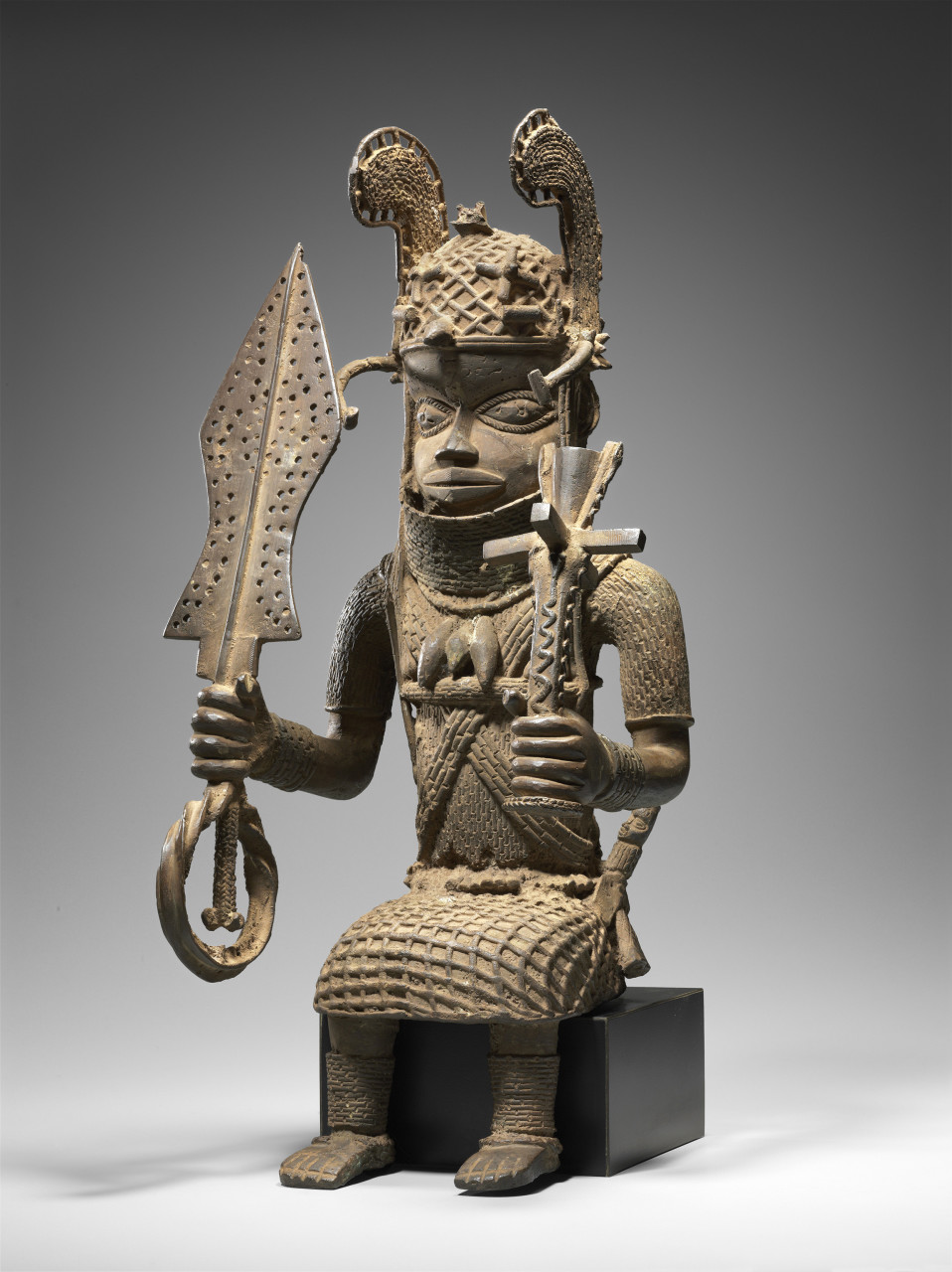
Victoria Reed, the museum's curator of provenance, led the investigation. Sitting outside the MFA’s Koch Gallery, Reed admits people are usually pretty fascinated by her job title. She flips through a list of photos and intelligence she gathered about the repatriated Nigerian objects and begins to tell me their tale.
"The last figure on the list is this Benin altar figure,” Reed says, “and we know that there was a theft at that particular location in the 1970s. And then again it sort of shows up on the art market with this very convoluted provenance.”
Provenance — from the French provenir — means “to come from.” As curator of provenance, Reed delves into and documents ownership histories for the 450,000 objects in the MFA’s collection. She also does this sort of forensic fact-finding for pieces the museum might acquire.
Reed says it’s her job to piece together the life story of art works. Each one has a biography that can help her determine if it’s been confiscated, stolen or otherwise unlawfully appropriated.
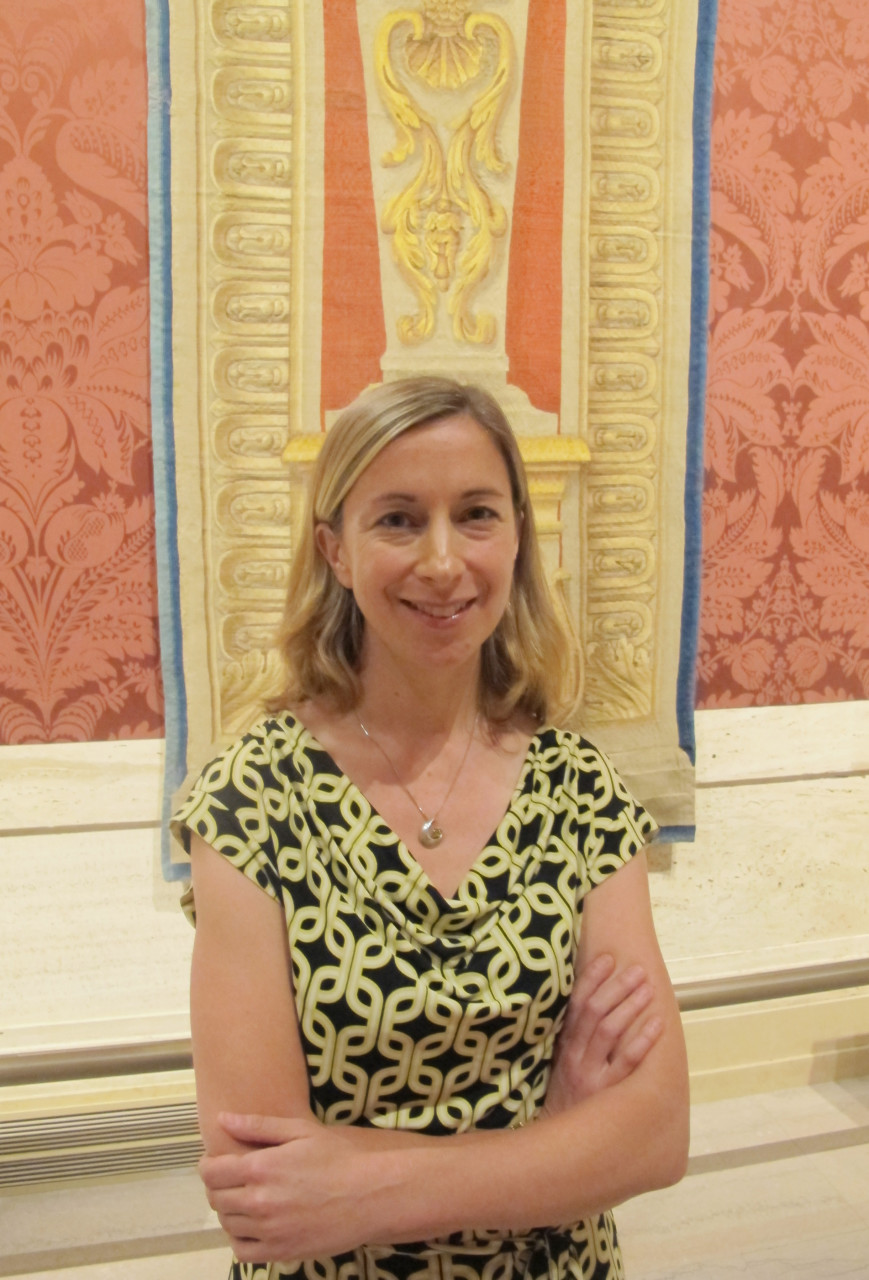
The objects that have been returned to Nigeria were part of a 300-piece bequest from local art collector William Teel. He left the objects to the MFA in his will.
But how did Teel get them?
"The art market — speaking very generally — is perhaps not, um…as well regulated as it always could be," Reed says, adding that Teel acquired his art treasures in good faith.
“He didn't have a provenance researcher to scrutinize legislation and paperwork for clues about their stolen pasts,” she explains.
When the Nigerian pieces arrived at the MFA, Reed got to work. She went through, object by object, asking a slew of questions.
"Is it unique? Is it traceable? What is the condition?" she always asks. “Does it look like it’s been hacked out of an archaeological site, for example, or has it been out of the ground for 200 years?” With a short laugh she adds, “When things are stolen or smuggled, there’s not often the paper trail that you want.”
Reed's quest for answers requires a lot of reading and sleuthing. She often consults the International Council of Museums’ “Red List.” That’s a database of endangered art and objects from the world’s most vulnerable countries. Nok terracotta sculptures are listed as high-risk for Nigeria, and two of those are in the trove given to the MFA. Reed says that discovery raised one of many red flags about the objects.
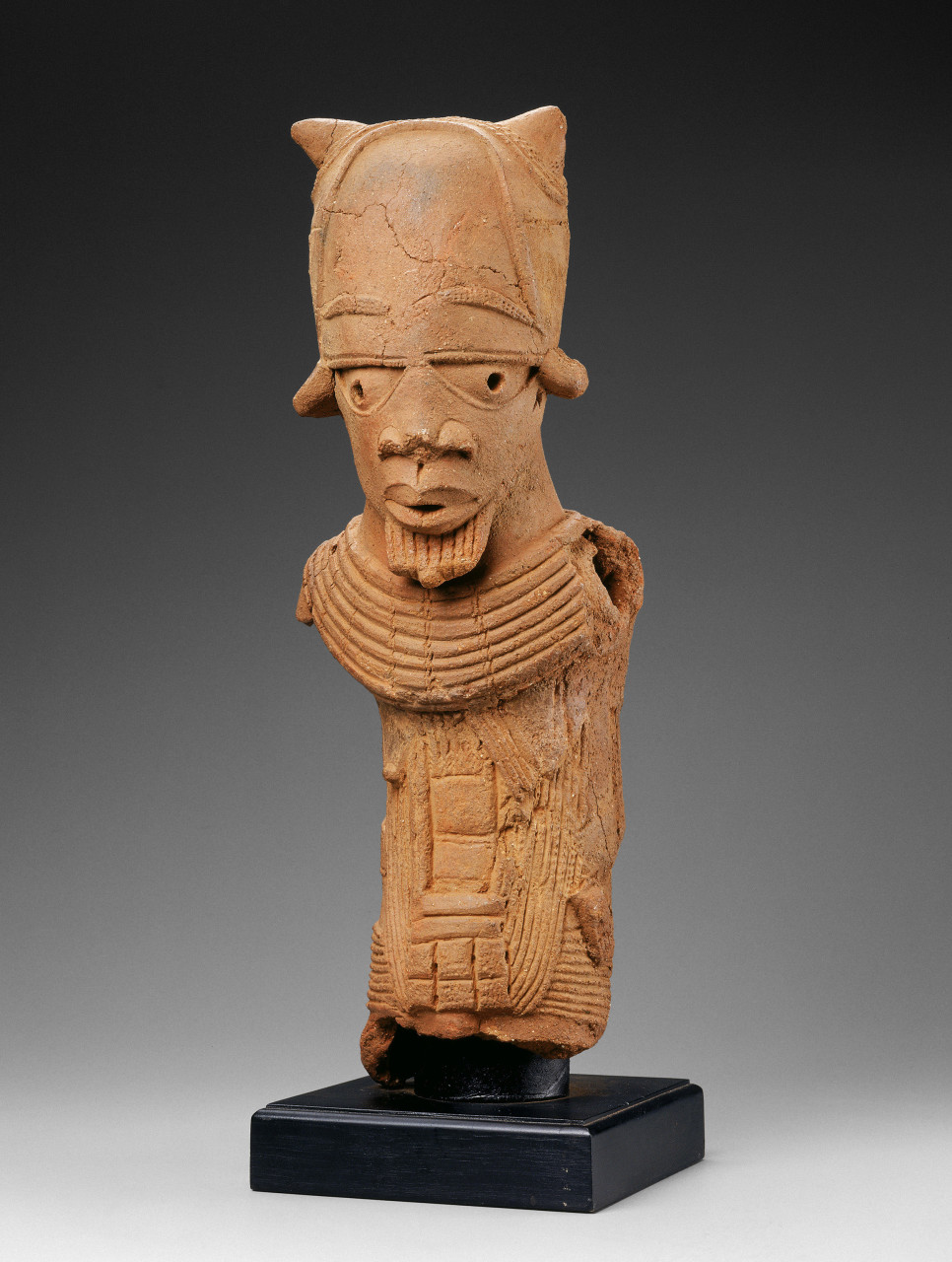
Over about a year and half she and a curator of African art poured over sales receipts, ownership records, photographs and scholarly materials. Even so, there were gaps in the provenance of eight of the objects.
"We wrote to the National Commission for Museums and Monuments in Nigeria, and essentially asked them if they had in fact authorized their exports,” she says. The MFA also asked if they would raise any objection to the museum acquiring them because they had an unclear history.
In the end, the Nigerian commission requested their return and the terms of the transfer were negotiated.
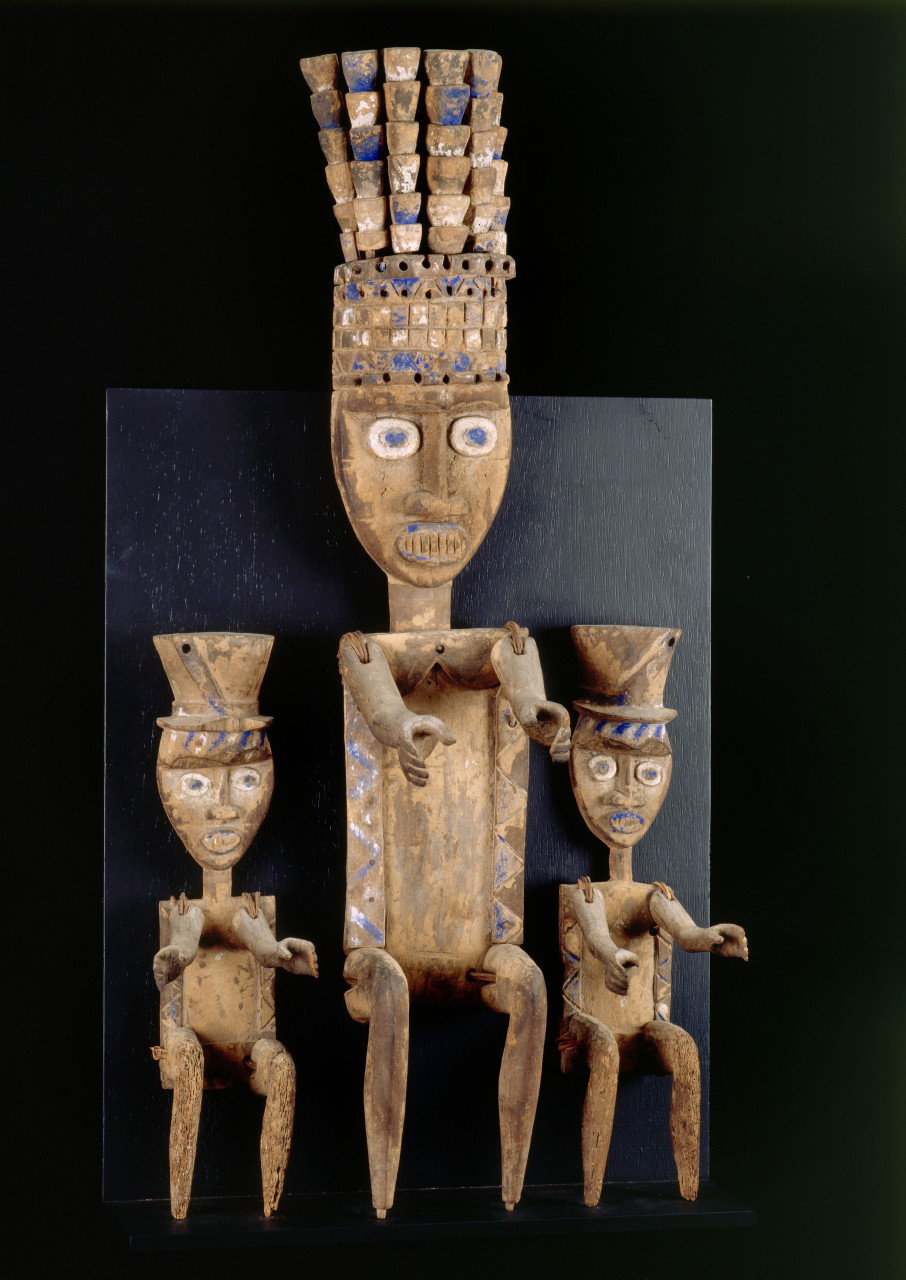
There will almost always be gaps when piecing together the story of antiquities, according to Sharon Flescher, executive director of the International Foundation for Art Research (IFAR), which has been providing information on provenance procedure, ethics and law for 45 years.
"Frankly, doing provenance research is a kind of detective work," Flescher says. “You have to follow every lead — almost like a bloodhound, really.
"It’s a major commitment on the part of a museum to go through and study all the works in the museum’s collection."
Flescher says the MFA has been a leader in doing its due diligence since provenance became something of an artworld buzzword in the 1990s. That’s when IFAR, along with a consortium of U.S. museum directors and the State Department, banded together to design legislation that would regulate the restitution of Holocaust-era looted art. Over the years a number of restitutions and resolutions have been reached for works confiscated, stolen or thought to be lost during World War II.
In the MFA’s Koch gallery, which is dominated by old master paintings and gleaming antique silver, Reed shows me four storied 17th-century tapestries that have been at the museum since the 1950s. She had probed into their history, and ultimately helped right a wrong in 2010.
"What I learned in the course of research is they had been included in a Nazi-forced sale in Berlin in 1935," she says. "It was a liquidation sale of a Jewish-owned art gallery."
The MFA then contacted the heirs of the art gallery’s owners and reached a settlement.
“We essentially purchased the tapestries twice,” Reed says with a smile.
“There’s a great deal more scrutiny now than there used to be,” Reed adds, “and I think museums are definitely asking a lot more questions.”
The MFA has also returned works to France, Greece and Italy. Now the museum can add Nigeria to its ownership resolutions list.
“It would’ve been completely inappropriate to bring the eight objects into the museum’s collection,” Reed says. “To be able to reach a resolution with the source country is, of course, in its own way very gratifying.”
It's interesting to note how secretive the process of returning the works to Nigeria has been. In the museum, Reed looks around before she speaks, and stops talking if people walk by. The MFA explains that all this security is standard operating procedure to ensure the transferred objects’ safety until they’re back where they belong.
